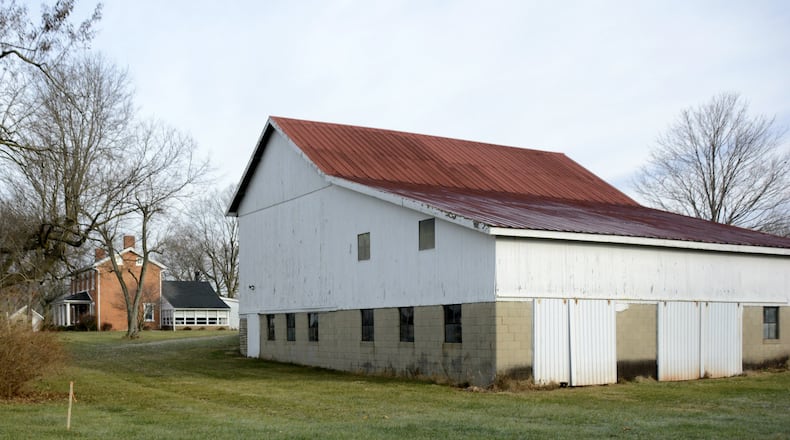RELATED: Grant money likely will be limited for Harbin Park renovations
He said it would take about $600,000 to restore the barn and another $300,000 to restore the home, neither of which can be used for active park space.
“It’s not that we can’t do it — we can — it’s just a matter of priorities,” Wendling said. “What do we want to do? Do we want to retain these or are there other park projects that we want to do?”
The property will help add some curb appeal to March Lake Park. The property will help the city leverage what is set to become a 170-acre park once gravel and sand mining company Martin Marietta turns over the property to the city of Fairfield.
Marsh Park sits at about 55 acres, and around 80 acres will be added when the Martin Marietta property is deeded to the city. The park will also include another 30 acres of undeveloped parkland across River Road along the Great Miami River.
The city paid around $335,000 for the Muskopf property, which $250,000 was paid with an Ohio Public Works Commission grant. That grant, however, comes with strings, Wendling said.
RELATED: Fairfield looks to tap into Marsh Park's potential
City Engineer Ben Mann said there cannot be any active uses on the property, which means in part it can’t be used for events or converted to athletic fields, and there would not be any rentals of the space or land.
“It’s some level of public access,” Mann said. “It’s not necessarily bring it up to where you would have big events or big functions, but for the idea that for some park programming people would go in and out.”
A deal formed a half-century ago had Martin Marietta bequeathing the land to the city when it finished with the property. It has now ceased operations and is in the process of deeding over the land to the city, said Wendling. Marsh Park is currently developed to the south as a fishing lake and park, but most of the property is to the north and is what remains of more than five decades of gravel and sand mining.
The park sits on top of the Great Miami Buried Valley Aquifer which runs from Logan County to the Ohio River. That aquifer fills up the now three lakes at Marsh, the largest of which is the current fishing lake to the south and is 70 to 80 feet at its deepest. The other two lakes range from 10 to 30 feet deep.
Download the Journal-News app, Butler County’s #1 source for local news
About the Author

